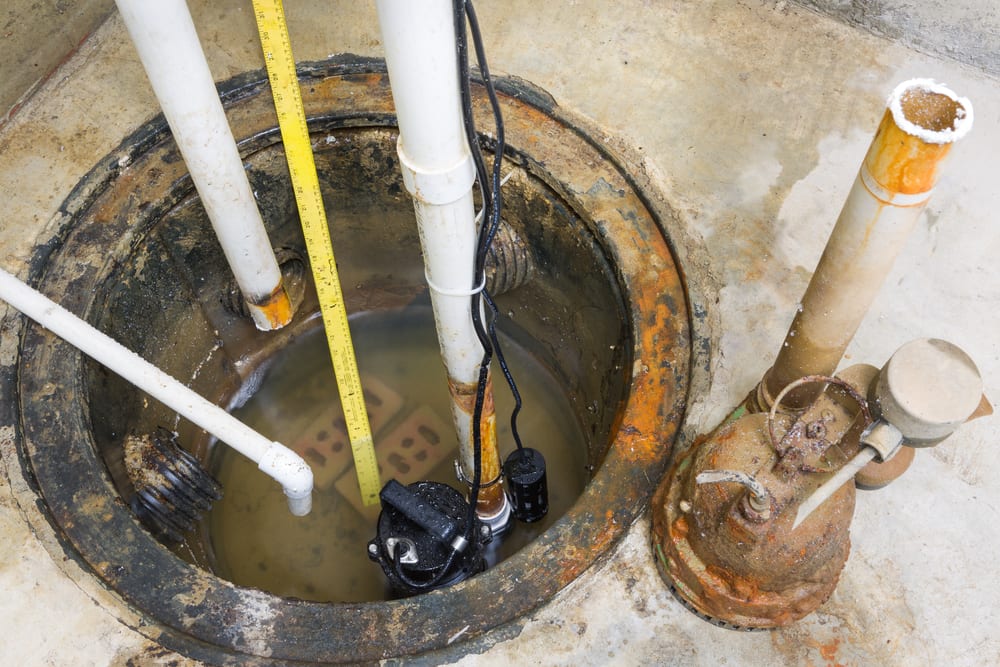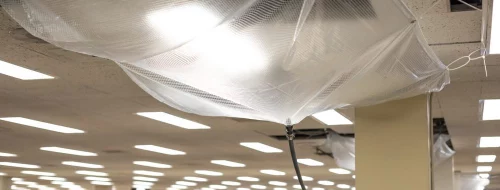Owning a home is a huge undertaking. New homeowners may find it difficult to understand the nuances happening in their homes, and signs of moisture or flooding can happen when you least expect it. Living in Chicago climate, our homes must withstand extreme stress, from frozen and thawing soil to heavy rains and snowfall. With these extreme conditions, we need to give our homes a helping hand when it comes to keeping the moisture from entering the home and wreaking havoc for the health and safety of its occupants. Installing a sump pump can help alleviate water damage before it starts.
How do you know if you need a sump pump? Let’s start with the basics before diving into sump pump installation.
Understanding What a Sump Pump is
The short answer: a sump pump keeps moisture out of your basement. A sump pump sits in your basement, either below or above the floor. Placement of a sump pump depends on several factors. Typically, submersible sump pumps are more common than their counterpart – the pedestal sump pump.
- Submersible sump pumps are generally installed when a home is being built. This pump sits directly in the sump pit which is set into your basement floor. Both the pump and motor are installed in waterproof containers that help prevent damage to the unit.
- A pedestal sump pump sits above the basement floor and has two components, a motor and a hose that runs directly to the sump pit. Pedestal sump pumps are typically installed after the house is built, when a moisture issue becomes noticeable in your basement.
Once you choose what type of sump pump you want to install, it is time to hire a professional to install the sump pump properly. Installing a sump pump incorrectly can lead to malfunctions and flooding in your basement.
After installation the sump pump is ready to do what it does best – move water from your basement to the outdoors, keeping your basement dry and mold free.
But How Does It Work?
Regardless of the type of sump pump you select, they both work in a similar manner. All water that collects in your basement will drain into the sump pit, which houses the sump pump. Once your sump pump is triggered by the water level rising in the pit, it begins to pump water outside through a hose. Sump pumps run on electricity, and it can be beneficial to have a backup generator in the event that inclement weather causes the power to go out.
5 Ways to Tell if You Need a Sump Pump
The easiest way to determine if a sump pump is needed in your home is by checking moisture levels in your basement after it rains. However, there are other signs that it is time to consider calling a professional to install a sump pump.
- Your basement has a history of flooding and continues to flood with each rainfall.
- Your basement is finished and needs to be protected against water damage and potential mold.
- A sump pump is already installed in your home, but it is more that 6 years old.
- Rain and snow are heavy where you live.
- Your home sits in a low area, or an area that easily traps water.
Even if your home does not demonstrate any of these signs, it is incredibly important to call in a professional at the first sign of moisture. If your basement is not flooded, moisture can still lead to mold and mildew, which can be hazardous to your home and family.
How to Install
If you are handy around the house and take care of repairs and improvements yourself, installing a sump pump may be easy for you. Otherwise, there are professional services that will assist with the installation of your sump pump. They will ensure that your pump is installed properly and working to the best of its ability.
Pump Maintenance
Maintaining your sump pump is pretty basic. These steps are imperative to keep your sump pump working properly to keep your basement from flooding. In spring, when the rainfall is typically the highest, is when you should check your sump pump.
To keep the sump pump in working order, check these following things:
- Make sure your sump pump is upright. If the unit is tilted, it may not work properly, and then flood your basement.
- Test that your pump is working properly by pouring a bucket of water into your sump pit. If you hear the sump pump turn on, the unit is ready to go for heavy rainfall!
- From time to time, it is a good idea to remove a submersible sump pump from the pit and clean out the grates to ensure nothing is blocked.
- Tighten all pipes and hoses leading to and from your sump pump.
- Check your unit for any holes that could prevent water from flowing freely through the sump pump.
Sump pumps are incredibly common, and are a huge help to protect homes from flooding and mold growth. If you have already experienced flooding or mold problems in your home, the experts at McMahon Services are happy to help restore your home back to normal. Reach out today for more information on our restoration services in Grayslake, Evanston, Mundelein, Hainesville, and surrounding areas.








0 Comments